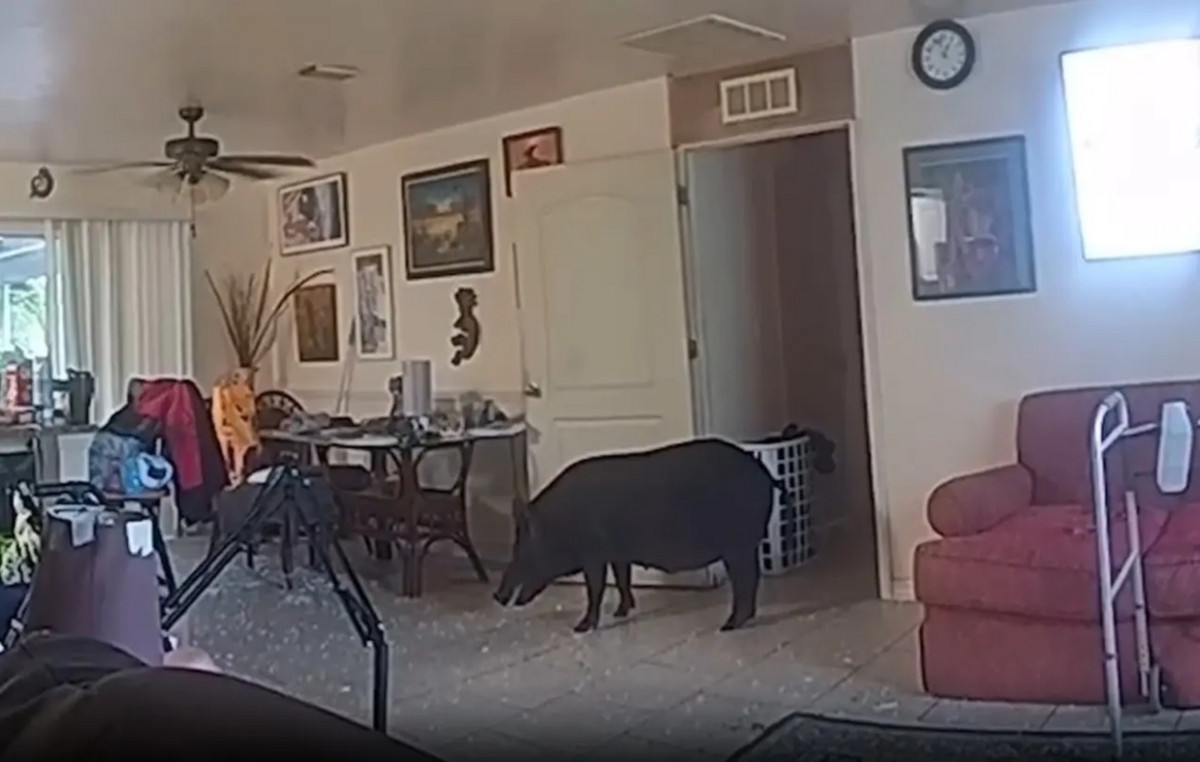Is called Framework protocol for the adoption of the measures to contain working risks related to climatic emergencies in the workplace. He was signed by the Minister of Labor, Marina Calderone, with CGIL, CISL, UIL and UGL, as well as the employers’ associations, including Confindustria, Ance, Confartigianato, Cna, Confagricoltura, Coldiretti. The document is aimed at all workers, including subordinate work, self -employment, internships and any other type of employment. Employers must provide for shadow areas, more frequent breaks, supply of drinks, adaptation of individual protective equipment. Explains it for us Giorgia GiorgettiCounsel of the A&O SHEAMAN LAW FILE. “It should be remembered, first of all that, to date, the” hot protocol “cd has a merely programmatic, and non -binding value, even if the Ministry of Labor has already confirmed its commitment to transpose its indications in a ministerial decree shortly in its own ministerial decree”.
How does the hot protocol for workers apply for companies?
“We set out, First of allto make the constant monitoring of the climatic conditions through the official weather forecast for the official employers for the way to activate all the prevention and protection measures made necessary in the event of a hot alert, even suddenly. Companies are then required to carefully evaluate any type of risk connected to the high temperatures, also taking into account the microclimate of the work environments, and consequently update the risk assessment document, as well as to continue to implement all the prescriptions on health and safety already provided for by current legislation “.
What is the real news of the text?
“The real novelty introduced by the protocol is the message that the risks deriving from the high temperatures can no longer be managed individually, but also require contractual interventions at national, sectoral or corporate level in which to identify the largest necessary measures, with a breath and a more integrated approach of what has been done so far and with the declared objective that these measures can become an integral part of the national collective agreements.”
What are the limits already existing to protect health at work?
“The consolidated text on health and safety in the workplace (Legislative Decree 9 April 2008, n. 81) already requires a wide evaluation of the risks to which the workers and workers are exhibited, including those from microclimate and hot, with an obligation to draw up and update the risk assessment document (DVR). To date, the employer is required to provide adequate individual protective equipment, as well as health surveillance and a suitable training of the workforce. In addition to this, numerous regional or municipal ordinances impose the mandatory stop to outdoor work activities at times between 12:30 and 16:00 on high risk days of thermal stress, according to detailed criteria and methods and monitored through official weather forecasts “.
Before the abbreviation of this protocol, were there regulations on the heat?
«Yes, it is not the first time that we are faced with interventions to protect workers from risks related to heat and extreme climatic conditions. Recently we remember the law 18 September 2023, n. 127, which has converted with changes the so -called “hot decree” (DL 98/2023), introducing urgent measures for the protection of workers in the event of a climatic emergency, including access to the ordinary layoffs for some sectors in case of temperatures beyond 35 ° and the promotion of agreements between social partners to adopt guidelines and procedures shared to protect the health and safety of workers exposed to climatic emergencies, also considering factors. such as humidity, temperature and ventilation. It is precisely these days (3 July 2025) the message 2130 with which the INPS has provided indications for the presentation of the instances of wage integration in the event of suspension or reduction of the activity due to the excessive heat and for the management of the relative investigation. The hot protocol that we find ourselves commenting continues in this direction and, although to date it does not have a binding nature, it certainly introduces a more detailed and greater coordination frame between institutions, businesses and unions “.
How can this right be the worker from if it is not respected?
“The worker or worker who is in excessive heat conditions must first of all report the situation to the employer, to the person in charge of the prevention and protection service or the workers’ representative for safety, asking for the adoption of the prevention measures provided for by the legislation and the correct risk assessment in the risk assessment document. If the employer does not intervene, you can contact the National Labor Inspectorate or the Local Health Authority for a check, or to the union for assistance and collective actions. In the presence of regional or municipal ordinances that prohibit work in the hottest hours, the worker or the worker has the right not to work in the prohibited time slot and can report any violations to the competent authorities. It is important to keep for any dispute proof of the reports made and working conditions, also through photographs, e-mails or meteorological bulletins ».
Source: Vanity Fair
I’m Susan Karen, a professional writer and editor at World Stock Market. I specialize in Entertainment news, writing stories that keep readers informed on all the latest developments in the industry. With over five years of experience in creating engaging content and copywriting for various media outlets, I have grown to become an invaluable asset to any team.







